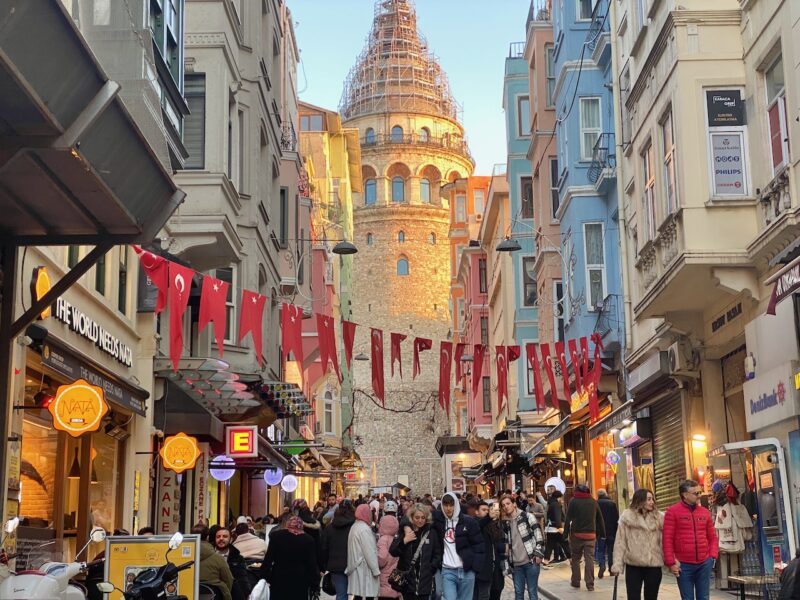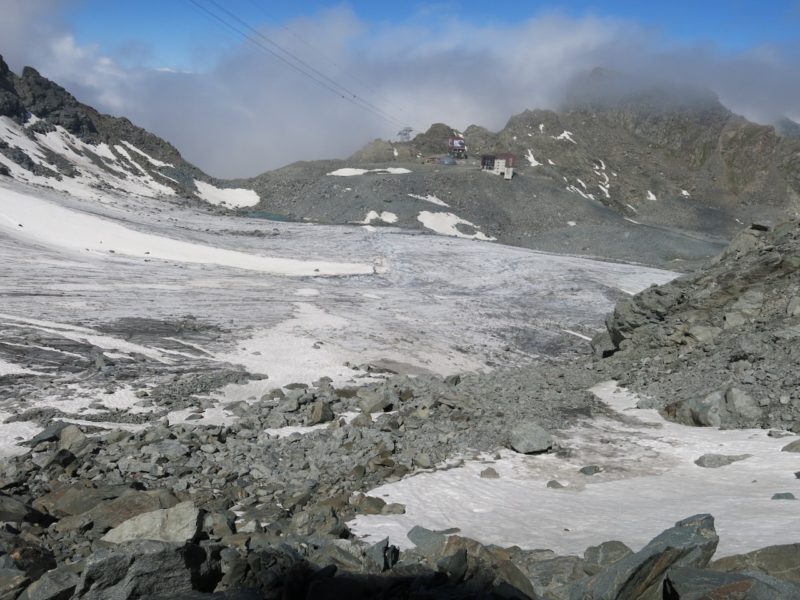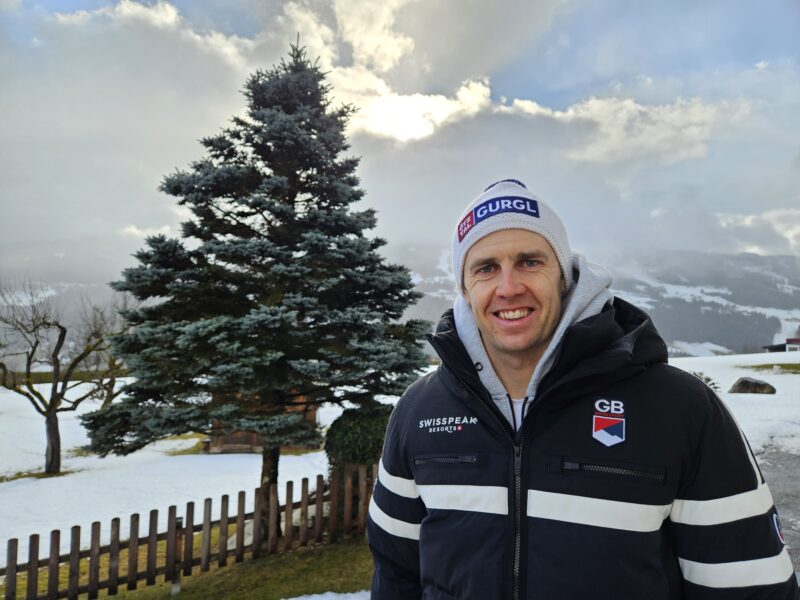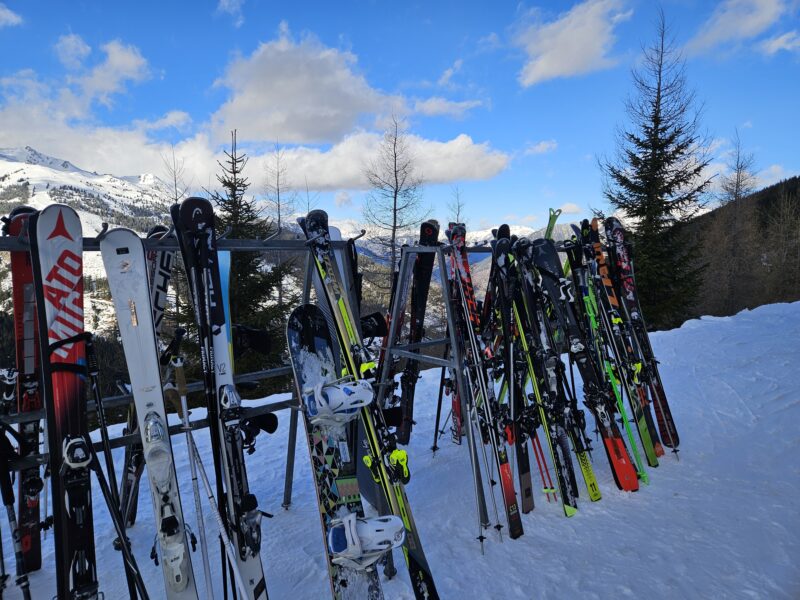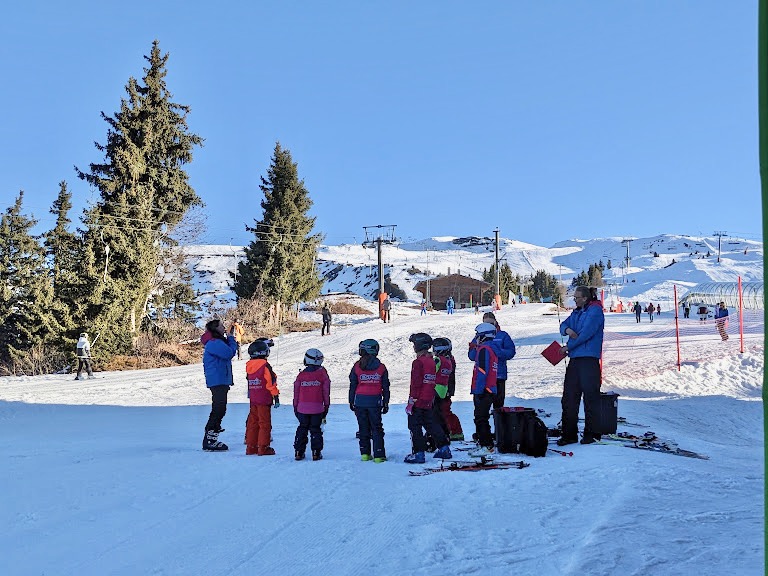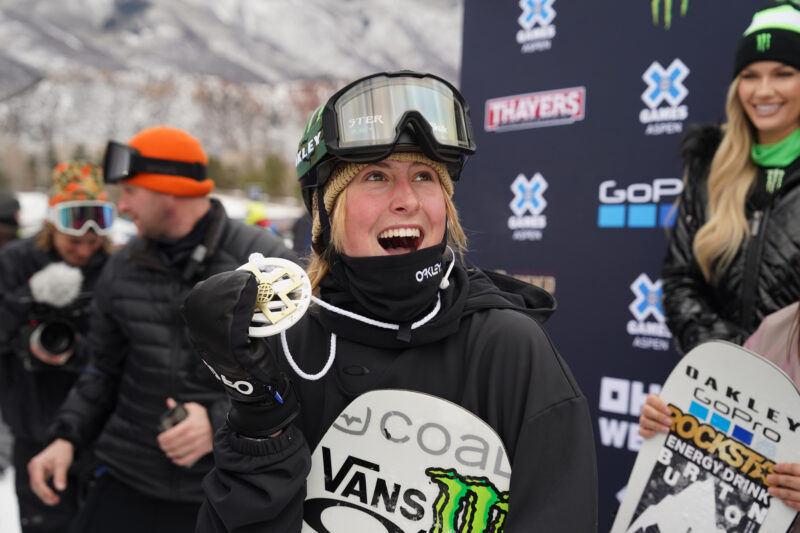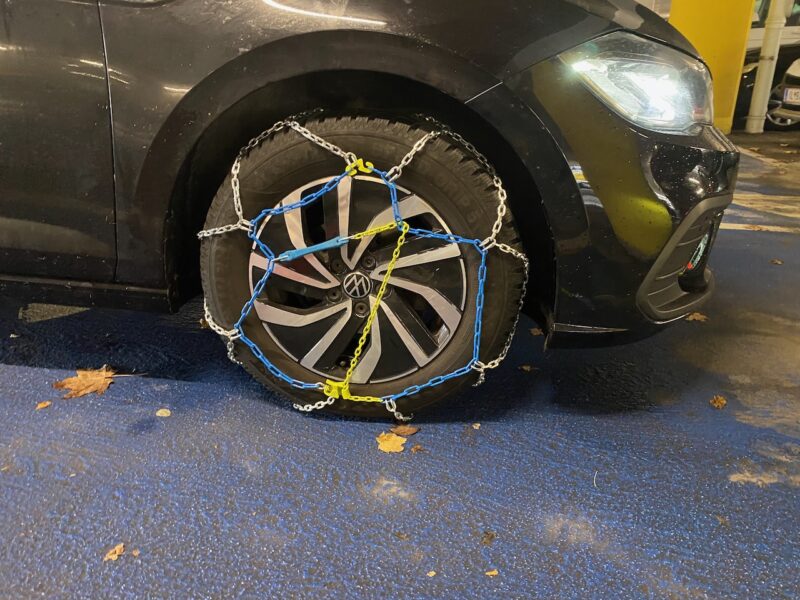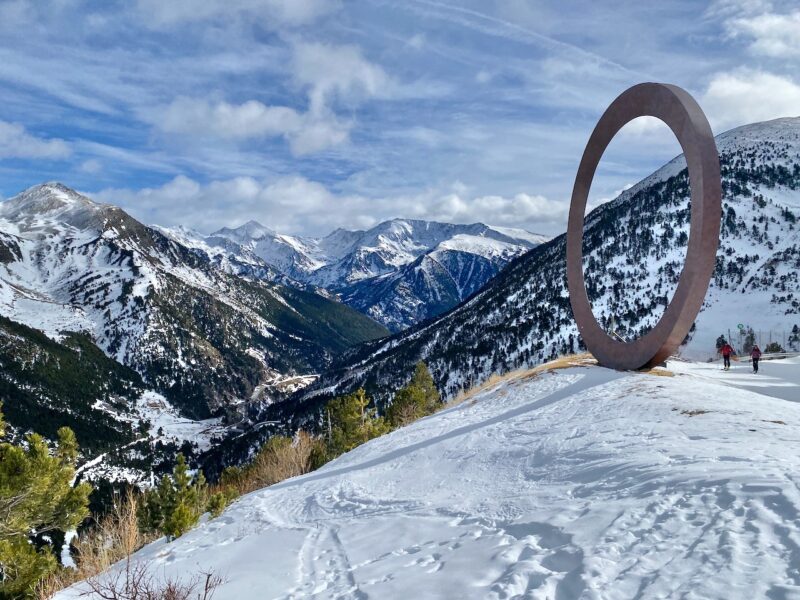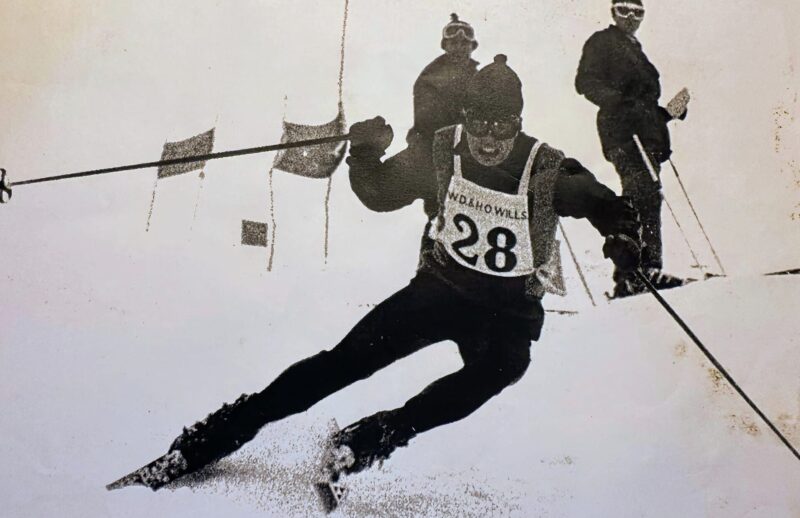Why Are There Currently So Many Fatal Avalanches in the Alps?
25th January 2021
Last modified on May 20th, 2021
The snowpack is highly unstable in places and some people are simply skiing and snowboarding where they should not be given the current conditions. The worrying aspect is professionals have also been caught out. The conditions are some of the most dangerous in recent years.
There have been a multitude of deadly avalanches recently in the Alps.
Some of those people caught are inexperienced off piste, but professional ski instructors and mountain guides have also died.
The latest was a huge slide in Verbier in Switzerland at the weekend as a local mountain guide, out with clients, died.
Two mountain guides die in separate accidents in Switzerland
Verbier saw two other separate and fatal slides last week.
One involved an experienced local and the other a local ski instructor.
We reported on the recent avalanche deaths in these earlier articles on PlanetSKI:
- 38-year old British man dies in avalanche in Verbier
- Second fatal avalanche in Verbier
- One of the world’s top freeriders searches for friend in Verbier avalanche
Also on Friday 22nd January a 23-year old Swedish skier died in the Savoleyres area of Verbier as a snow ledge collapsed.
There were five fatalities in France last week and further accidents in the French mountains over the weekend.
Here at PlanetSKI we know of one fatal accident in Italy.
Switzerland, where ski resorts are open, has seen 16 avalanche deaths so far this winter.
Is this any different to ‘normal times’?
At the same period last season it was 4.
Last season saw seven in total, but the season ended in mid-March as resorts closed due to the spread of coronavirus.
In the season of 2018/19 in Switzerland it was 21 in total and in 2017/18 it was 27.
The main reason for the current deaths is the highly unstable snowpack with weak layers at the base of the snowpack.
It is not so much the amount of snow that has fallen, but rather its fragility.
“Underneath the wind slabs the bonding of the snowpack is unfavourable at high altitudes, in particular in the western part of the northern flank of the Alps, in Valais and in Grisons,” said the latest bulletin from the Swiss Institute for Snow and Avalanche Studies about conditions on Tuesday 26th January.
There remains “considerable” danger across the whole of the Swiss Alps.
It is at Level 3 – the level which sees the most fatalities.
“In these regions, distinct weak layers exist in the middle part and near the base of the snowpack in all aspects.
“Avalanches can be triggered in these layers and release the entire snowpack, in particular in places where relatively little snow is lying.
“Remote triggering has been observed in central Valais and in Upper Engadine in particular.
“These weak layers are still to be found in the central and eastern parts of the northern flank of the Alps as well, but here they are mostly embedded deep and therefore unlikely to be released.
“On the southern flank of the Alps, the bonding of the snowpack is more favourable.
“Here, fractures are unlikely to occur deep in the snowpack.”
So what does that mean?
Quite simply it is VERY dangerous in many places.
The fatalities in Switzerland have been across the country.
“Switzerland has now generally seen above average snow as we head to the end of January as has about three quarter of the Alps,” said the alpine weather expert, Fraser Wilkin from weathertoski.co.uk.
“But it is not so much the level of snow that has caused the danger, but the stability of the snowpack.”
In France conditions are also highly unstable.
“While this is not unprecedented during the middle of a busy winter with a persistent unstable snowpack and moderate snowfalls coming down on top of the weak layer or layers, a lot of people are asking questions about why this is happening now, especially when there’s a lot less skiers out there…and many of the victims are experienced, or even professional,” said the off piste specialist, Henry Schniewind.
Henry, a great friend of ours at PlanetSKI, is based in Val d’Isere in France.
A controlled avalanche in neighbouring Tignes, set off by the ski patrol, shows how fragile conditions are.
The latest snow is sitting on a very weak layer.
Several years ago there was a similar snowpack with many avalanches across the Alps – some said people should not go off piste under any circumstances.
We were skiing with Henry and took a different view.
When conditions are difficult and unstable it is exactly the time to learn about snowcraft.
Following the rules/guidelines and always staying well on the side of caution.
The rule of thumb is to stay on slopes under 30 degrees and ensure they are not threatened by steeper slopes above.
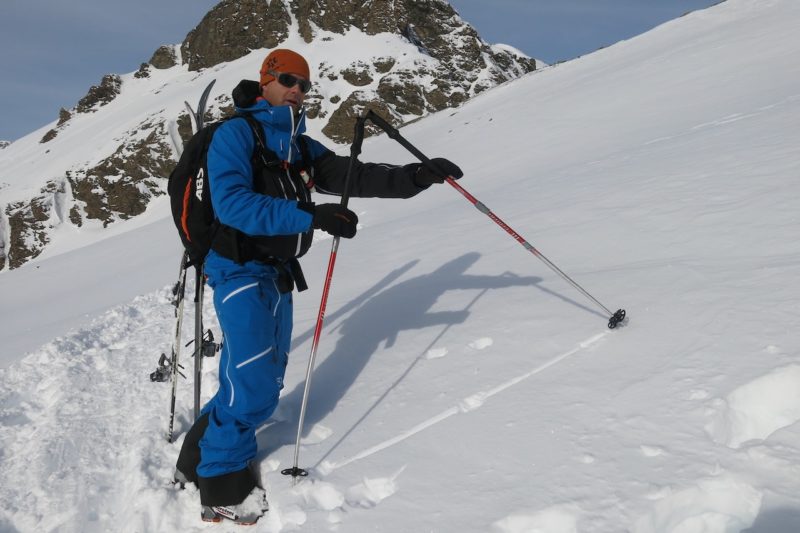
Henry Schniewind – Image © PlanetSKI.
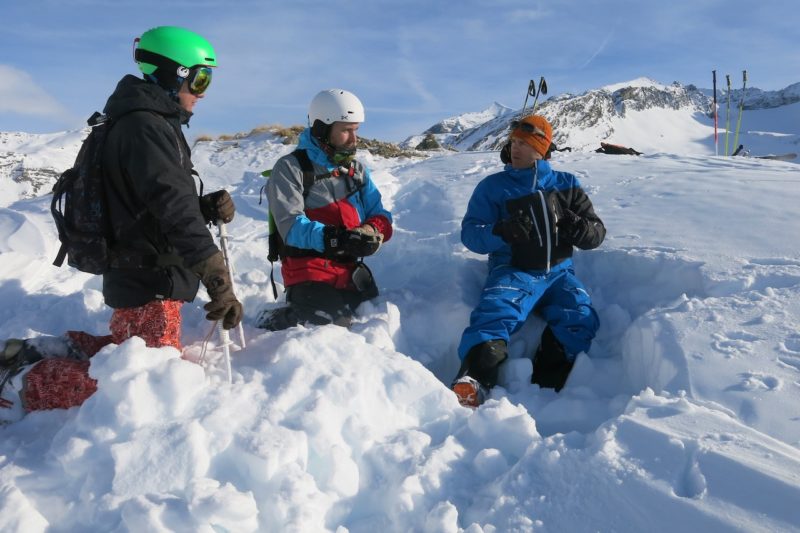
Henry Schniewind – Image © PlanetSKI.
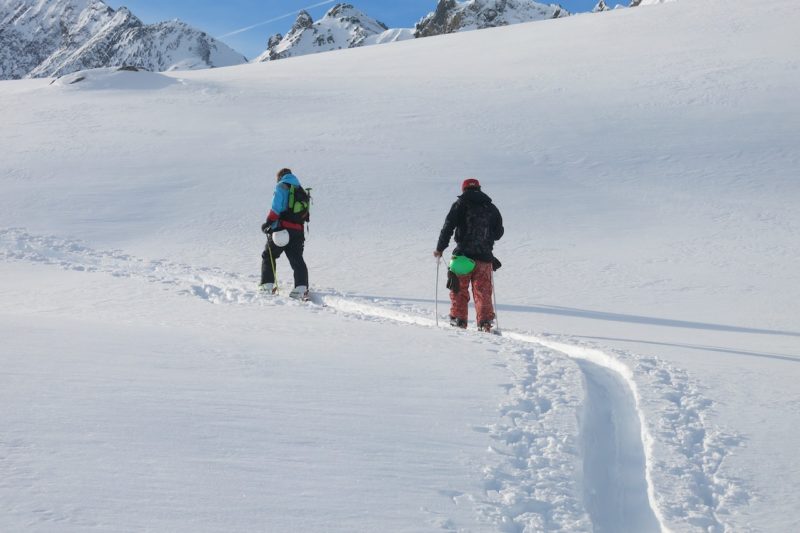
Heading up – Image © PlanetSKI.
Here’s PlanetSKI in the powder with Henry.
Off piste skiers should perhaps use the current conditions to educate themselves, as well as seeking powder thrills.
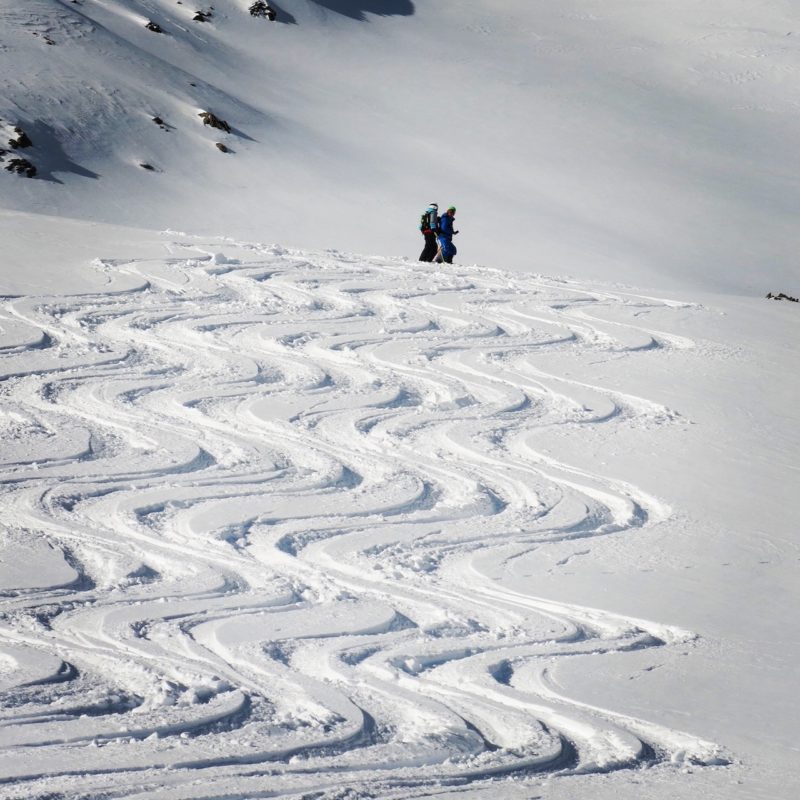
Heading down – Image © PlanetSKI.
Some maintain coronavirus is adding to the problem with people in areas where the lifts are closed, Italy and France, hiking up into the dangerous terrain.
The main slopes have also not been made safe by the resorts as the lifts are closed.
Where resorts are open, Switzerland and Austria, there are not the numbers skiing off piste who compress the snow and make the base more stable.
The Local in Switzerland raises the question, though here at PlanetSKI we do question some of the facts and the conclusions.
Is coronavirus to blame for Switzerland’s spate of avalanche deaths?
More snow is currently falling out in the Alps on an already unstable base.

